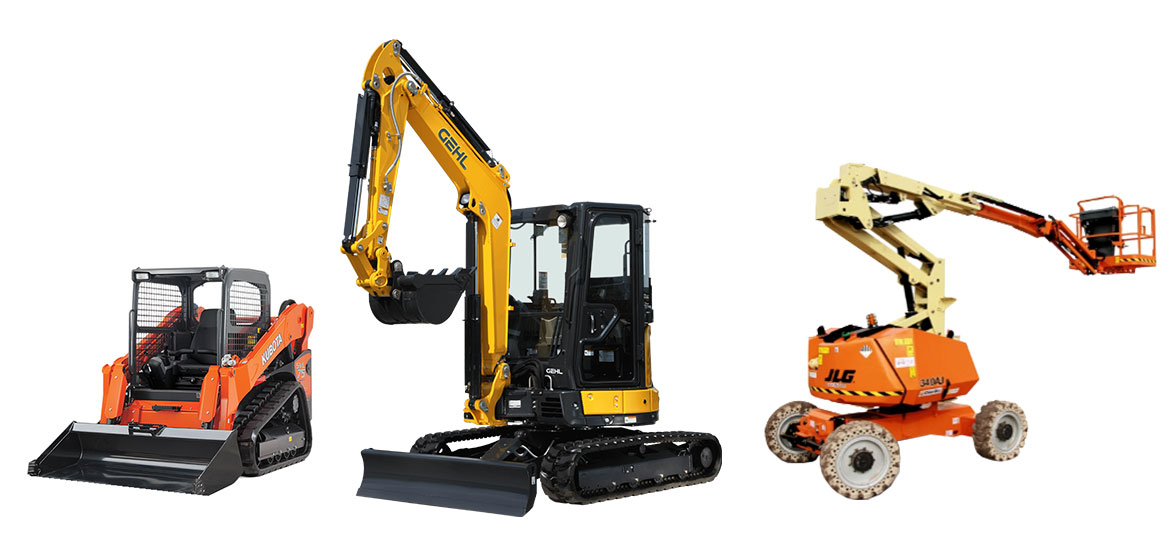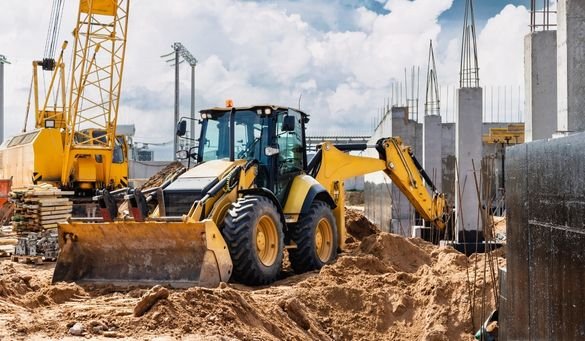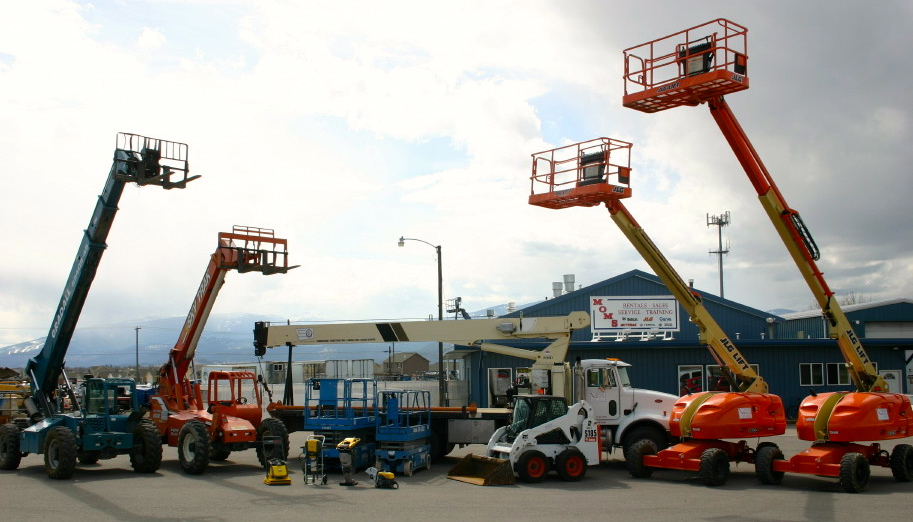Forklift Rental: Heavy Training Equipment for Warehousing and Much more
Forklift Rental: Heavy Training Equipment for Warehousing and Much more
Blog Article
Optimize Your Budget Plan by Recognizing the Costs Related To Building And Construction Devices Rentals
Recognizing the full scope of expenses connected with construction devices leasings is essential for optimizing your spending plan. What approaches can be used to effectively take care of these expenses and make sure a more efficient rental experience?
Review of Rental Costs
When taking into consideration building and construction tools rentals, understanding the linked costs is critical for reliable budgeting and task planning. Rental prices can vary considerably based on numerous factors, consisting of equipment type, period of service, and place. The initial rental fee often shows the tools's market demand and its connected operational capabilities, affecting the total cost.
In enhancement to the base rental rate, supplementary expenses may develop, such as transportation fees, fuel surcharges, and upkeep charges. It is necessary to make up these additional expenditures to accurately evaluate the overall price of leasing devices. The rental duration can affect rates; longer rentals may qualify for affordable rates, while short-term rentals might incur greater day-to-day charges.

Break Down of Rental Prices
A comprehensive understanding of rental prices is vital for contractors and task supervisors aiming to maximize their spending plans. Rental rates for construction tools usually include several parts, consisting of base prices, time-based costs, and use costs.
Base prices are the core fees linked with the service of the devices, often identified by the type and size of the equipment. These prices can differ dramatically, affected by variables such as devices demand, accessibility, and local market fads. Time-based fees, which might be daily, weekly, or monthly, offer to suit different task timelines and rental durations.
Additionally, rental prices might consist of use costs, which are relevant when equipment is made use of beyond a specified threshold, ensuring that the rental firm can make up wear and tear. Seasonal demand fluctuations can also affect rental rates, with peak building and construction seasons generally commanding greater costs.
Additionally, understanding the rental business's policies pertaining to maintenance and insurance policy can offer more understanding into the general cost structure. By analyzing these components, professionals can make enlightened decisions, making certain the choice of rental equipment aligns with both project needs and budget plan restraints.
Extra Costs to Consider
Recognizing the ins and outs of additional fees is crucial for contractors to manage their overall rental costs properly. Beyond the standard rental prices, different additional charges can dramatically influence the overall expense of equipment rental. These fees typically include shipment and pickup costs, which can differ based on range and logistics associated with transferring the equipment to and from the job website.
Furthermore, some rental firms may enforce fuel additional charges if the equipment is returned with much less gas than when rented. It is additionally important to know prospective cleansing costs, especially for specialized tools that requires detailed upkeep after use.

Completely evaluating the rental arrangement and clarifying these extra costs ahead of time can assist contractors avoid unanticipated prices and ensure that budget plans stay undamaged throughout the task lifecycle.
Repair And Maintenance Expenses
Normal upkeep and repair service costs are commonly ignored variables that can significantly influence the overall cost of building devices leasings. When leasing tools, it is vital to take into consideration not just the rental fees however likewise the potential expenses related to keeping the equipment in ideal operating problem.
Many rental business consist of standard maintenance as component of the rental agreement; nonetheless, more unexpected malfunctions or comprehensive repair work can cause additional costs. It's crucial to review the rental agreement thoroughly to comprehend what maintenance solutions are covered and what responsibilities fall on the occupant.
Additionally, equipment that is not well-maintained can cause inefficiencies at work website, possibly creating hold-ups and boosting job costs. To minimize these risks, it is recommended to conduct regular inspections and maintain open communication with the rental supplier relating to any kind of issues that occur during usage.
Insurance Coverage and Responsibility Prices
Insurance and obligation prices are crucial parts that can considerably affect the overall expenditure of building and construction equipment services (forklift rental). These prices make sure that both the rental business and the customer are protected from possible economic losses developing from crashes, damages, or burglary during the rental duration

Additionally, customers need to understand any deductibles or exclusions in the insurance policy, as these can impact possible out-of-pocket expenditures. Comprehending the terms and conditions of any kind of insurance policy coverage is important to stay clear of unanticipated expenses. Eventually, budgeting for insurance and responsibility expenditures can aid make sure a smoother rental experience and secure versus economic threats connected with building and construction projects.
Conclusion
Finally, a comprehensive understanding of the prices associated with building tools services is important for efficient budget monitoring. By evaluating rental rates, added charges, upkeep expenses, and insurance coverage organizations, individuals and demands can decrease unexpected expenses. This strategic method not only improves cost-effectiveness however likewise makes sure that jobs advance efficiently and effectively. Ultimately, educated decision-making relating to tools leasings adds to the overall success of building and construction undertakings.
Rental expenses can vary considerably based on several elements, consisting of Learn More Here tools kind, period of service, and place (aerial lift rental). The rental period can influence pricing; longer services my blog may qualify for affordable rates, while temporary rentals might sustain higher everyday costs
By conducting comprehensive research and involving with trusted rental business, professionals can properly navigate the intricacies of rental prices, ultimately optimizing their financial resources.
Beyond the common rental prices, different extra charges can significantly impact the complete expense of tools service. Rental business typically give responsibility insurance policy that covers injuries to third events or damages to property, while devices damages insurance coverage can cover the expense of fixings or replacement if the leased devices is damaged.
Report this page